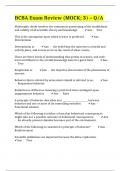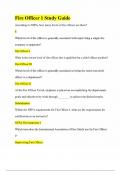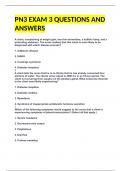Resume
International Trade summary
- Cours
- International Trade
- Établissement
- Vrije Universiteit Brussel (VUB)
This is a summary of chapters 1-10 of Krugman's International Economics: theory and policy book,required for the class of International Trade taught at the VUB. It also includes graphs and notes from class
[Montrer plus]













